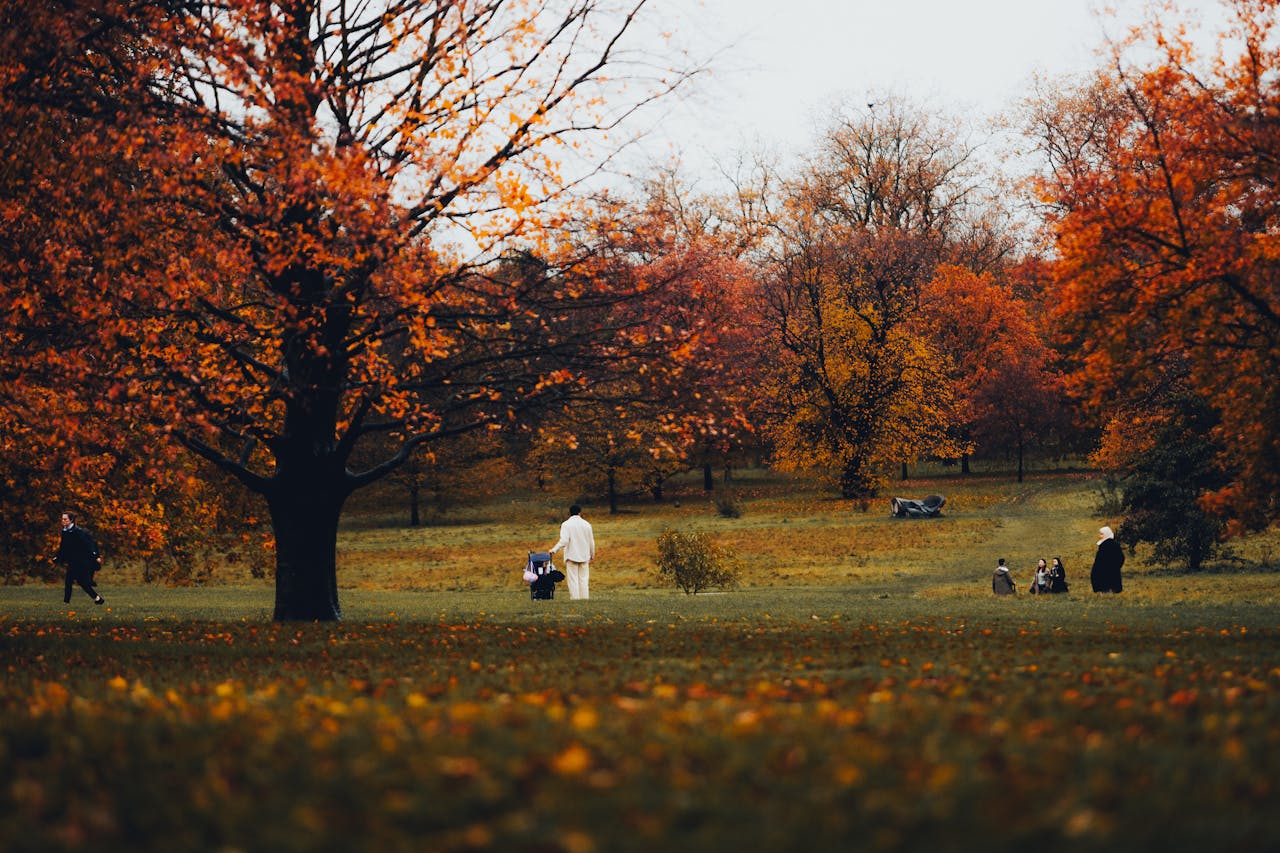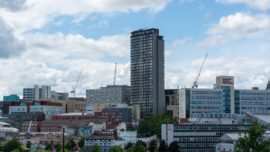
If you’re planning a home extension, loft conversion, or any significant external change to your property in Sheffield, one of the first things you need to check is whether your home is in a conservation area. At CK Architectural, we’ve worked on countless projects in and around Sheffield, and navigating conservation area restrictions is a key part of the design and planning process.
Here’s everything you need to know about Sheffield’s conservation areas and how we help you design with confidence and compliance.
What Is a Conservation Area?
A conservation area is a designated zone recognised for its special architectural or historic interest. The aim is to preserve or enhance the character of these areas for future generations. This means tighter planning controls are in place, especially for anything that affects the external appearance of buildings.
There are 38 conservation areas within Sheffield’s city boundary, though some fall under different planning authorities. Each area has its own unique character and planning considerations.
Common Restrictions in Conservation Areas
Living in a conservation area doesn’t mean you can’t extend or improve your home, but it does mean that changes are more carefully scrutinised. Common restrictions include:
- Planning permission for extensions that would normally fall under permitted development
- Limitations on materials and finishes (e.g., matching stonework, windows, and roofing)
- Restrictions on replacing windows and doors without consent
- Tighter rules on demolitions or boundary changes
- Limits on loft conversions or roof alterations visible from the street
- Preservation of trees, with the need for consent before pruning or felling
At CK Architectural, we assess each property on a case-by-case basis, checking your conservation area’s specific guidelines and tailoring our designs to comply while still delivering the features and functionality you want.
How We Work with Sheffield’s Conservation Areas
We’ve worked across many of Sheffield’s conservation areas, including:
- Nether Edge
- Endcliffe
- Fulwood
- Crookes
- Broomhill
- Kelham Island
Each has its own design guidance and planning history. We use this insight to your advantage, helping you avoid common pitfalls and giving your project the best chance of planning approval.
Here’s how we handle projects in conservation areas:
1. Initial Feasibility & Consultation
We start by checking your property’s location and its planning history. If you’re in a conservation area, we’ll review the specific appraisal documents from Sheffield City Council to understand the key characteristics and constraints.
2. Tailored Architectural Design
We design with the area’s character in mind, whether that’s matching stonework, retaining original window proportions, or minimising the visual impact of dormers and extensions. The goal is to enhance, not detract from, the historic value.
3. Planning Applications & Justifications
For most external alterations in a conservation area, full planning permission is required, even if the same work wouldn’t need permission elsewhere. We create clear, policy-backed design statements that justify your proposal and show how it respects the character of the area.
4. Liaison with the Council
We communicate with Sheffield’s planning officers throughout the process, making sure your application is complete, compliant, and considered.
What You Can and Can’t Do in a Sheffield Conservation Area
| Type of Work | Permitted? |
|---|---|
| Internal renovations | ✅ Usually allowed without permission |
| External extensions | ⚠️ Planning permission likely required |
| Loft conversions with dormers | ⚠️ Often restricted, especially front-facing |
| Rooflight/Velux additions | ⚠️ Possible at rear, restricted at front |
| Window replacements | ❌ Need consent if altering appearance |
| Tree removal or pruning | ❌ Consent required |
| Demolitions (sheds, outbuildings) | ❌ Often restricted |
Conservation Areas vs. Listed Buildings
It’s worth noting: being in a conservation area is different from being in a listed building.
- Conservation areas affect the overall character of a neighbourhood
- Listed buildings protect specific properties, including their interiors
If your property is both listed and in a conservation area, the restrictions are more stringent, but CK Architectural has experience working with both scenarios.
Sheffield’s Conservation Areas
Sheffield has 38 conservation areas within its city boundary, each with unique architectural and historical significance. Here’s a list of these areas:
- Abbeydale Road South
- Attercliffe
- Bents Green
- Broomhill
- Broomhall
- Burngreave
- Carbrook
- Cathedral
- Chapeltown
- City Centre
- Crookes
- Cultural Industries Quarter
- Darnall
- Dore
- Ecclesall
- Endcliffe
- Firth Park
- Fulwood
- General Cemetery
- Greenhill
- Grenoside
- Hackenthorpe
- Hanover
- Highfield
- Kelham Island
- Langsett
- Lower Don Valley
- Midhopestones
- Moss Valley
- Nether Edge
- Norton
- Oakes Park
- Park Hill
- Porter Brook
- Ranmoor
- Sharrow
- Totley
- Upper Midhope
Note: Some conservation areas, such as High and Low Bradfield, Upper Midhope, and Langsett, fall under the jurisdiction of the Peak District National Park Authority. Moss Valley extends into North East Derbyshire.
For detailed information and maps of each conservation area, you can visit the Sheffield City Council’s Conservation Areas page.
How CK Architectural Can Help
We’re not just designers, we’re problem solvers. Whether you’re planning a loft conversion in Nether Edge or a rear extension in Crookes, our Sheffield team ensures your project respects conservation rules while still meeting your lifestyle needs.
With our architectural design, planning services, and building regulations expertise, we’ll:
- Assess your planning chances before starting
- Design sensitively, balancing tradition and innovation
- Handle all planning applications on your behalf
- Support you through to the construction stage
Talk to Our Sheffield Team Today
If you live in a Sheffield conservation area and want to improve your home, early advice is key. Book a free design consultation with CK Architectural today, and we’ll help you explore what’s possible, while staying firmly within the rules.
Call now or click here to book your consultation





0 comments
Write a comment